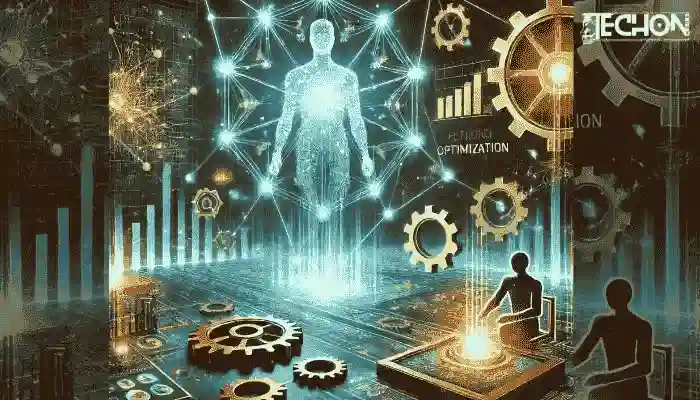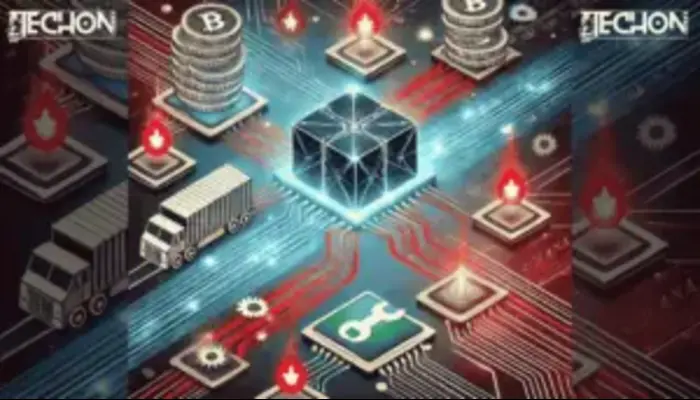Solana, known for its high-speed transactions and scalability, has encountered some challenges of Solana Congestion problem along the way. One major issue is network congestion, which at times has caused the network to stop temporarily. These incidents have raised questions about how reliable Solana’s infrastructure is. Let’s take a closer look at what causes these problems, how they affect the network, and the steps being taken to fix them.
Understanding the Congestion Problem
Solana’s architecture is built to handle thousands of transactions per second (TPS), making it one of the fastest blockchains. However, this efficiency comes with a trade-off. During times of high demand, congestion can disrupt the network’s operations. Here are the main factors behind these issues:
High Traffic Spikes: Solana’s low transaction fees and fast processing times attract many users. However, when traffic exceeds the network’s capacity, delays occur, and in some cases, the network may even shut down. read this article.
Bot Attacks: Automated bots take advantage of Solana’s infrastructure, flooding the network with transactions. This overloads validators, causing congestion. Learn more about bot attacks on Solana.
Inadequate Resource Allocation: Validators sometimes struggle to manage the heavy computational load during peak demand, which leads to delays in processing transactions.
Consensus Challenges: Solana’s unique Proof of History (PoH) mechanism is innovative, but it can create bottlenecks when validators have trouble syncing with each other. Discover how PoH can impact performance.
The Impact of Congestion on Solana’s Network
When Solana’s network becomes congested, it creates challenges for users and developers. Let’s explore each issue with simple explanations and relatable examples:
1.Delayed Transactions
When the network is congested, too many transactions are waiting to be processed at the same time. This leads to a queue, where transactions take much longer than usual to get confirmed.
Lets understand this with an Example Imagine you’re sending money to a friend using Solana, expecting it to arrive in seconds. During congestion, it might take several minutes or even hours for the transaction to complete. This delay can be frustrating, especially if you’re in a rush or need to make an urgent payment.
2.Failed Operations
Congestion sometimes causes transactions to fail entirely. This can happen if your transaction doesn’t make it through the queue before it expires or if the network struggles to handle the load.
Suppose you’re minting an NFT on Solana, and the network is congested. You pay the transaction fee, but your request fails. Not only do you lose the fee, but you might also miss the opportunity to secure the NFT you wanted.
3.Loss of Trust
Frequent congestion incidents can make users and developers doubt Solana’s reliability. If people feel they can’t count on the network to work smoothly, they might start exploring other blockchain platforms.
A developer creating a DeFi app on Solana might face angry users complaining about slow or failed transactions. After repeated issues, the developer might decide to migrate their app to Ethereum or another blockchain, believing it to be more stable.
4.Decreased Network Performance
Congestion doesn’t just affect users—it can also disrupt validators and nodes, which are critical for keeping the network running. If these systems face downtime, it worsens the congestion problem.
Think of validators as traffic police managing a busy intersection. When the intersection gets overcrowded (network congestion), the traffic police (validators) struggle to keep things moving smoothly. If they get overwhelmed and can’t do their job effectively, the traffic (transactions) gets even more backed up. This makes the situation worse for everyone, causing longer delays and frustration.

How Solana is Fixing the Network
To tackle these issues, the Solana team and community have introduced various solutions and suggested new strategies:
1.Upgrading Validator Hardware for Better Performance
Solana has increased the hardware requirements for validators (the systems that process transactions). With more powerful hardware, the network can handle higher traffic without slowing down.
Lets understand with a Example Think of upgrading your old laptop to a high-performance one that can run multiple apps smoothly. Similarly, stronger validator systems keep the network running fast, even during busy times.
One Advice for the Validators is that who want to participate should ensure their hardware meets the latest standards to help maintain a smooth network.
2.Faster Transactions for Those Who Need Them
Solana now allows users to pay a bit more in fees to prioritize their transactions during peak times. This ensures important transactions get processed faster.
Lets understand with a example you’re in a rush at a busy coffee shop. By paying for express service, you can get your coffee quickly while others wait in line. Solana’s dynamic fees work the same way.
One advice is If your transaction isn’t urgent, you can save money by waiting for the network to calm down.
3.Making the Network Smarter and Faster
Solana has improved its core design to process transactions more efficiently. These updates reduce delays and make the network more reliable.
It is similarly like a highway with traffic jams. Adding extra lanes and better traffic signals allows cars to move faster. Solana’s protocol improvements work in a similar way to clear the congestion.
One advice is Expect smoother transactions as Solana continues to upgrade its system behind the scenes.
4.Sharing the Load Across Validators
Solana is working on distributing transaction traffic evenly across all validators. This prevents some validators from being overwhelmed while others stay idle.
It Can be understand easily by an example of a restaurant where the manager ensures all waiters have an equal number of tables. Everyone gets served faster, and no one waiter is overwhelmed. Solana’s approach is similar.
A balanced system helps everyone, so this change will benefit all users automatically.
5.Stopping Spam Transactions from Bots
Bots often flood the network with unnecessary transactions, causing congestion. Solana is adding tools to detect and block these spam transactions.
It is similar to receiving a lot of junk emails in your inbox. Clearing them out makes it easier to find the emails that matter. Solana’s spam-blocking tools do the same for transactions.
With these measures in place, your genuine transactions will face less competition, making the network more reliable.
6.Keeping an Eye on the Network in Real Time
Solana has introduced monitoring tools that detect problems as they happen. This allows the team to respond quickly and prevent major disruptions.
These tools ensure smoother transactions for everyone, so you can trust the network is being watched and maintained.
Future Outlook
Solana has faced significant congestion problems, but the steps it’s taking show a strong commitment to improvement. By tackling these issues, Solana aims to strengthen its position as a leader in blockchain scalability and reliability.
The lessons from these incidents are helping to build a more robust ecosystem that can handle future growth and demand. For users and developers, these improvements will deliver a faster, more reliable blockchain experience

Summary
Network congestion remains a growing challenge for any blockchain striving for mass adoption, and Solana is no exception. However, by implementing smarter solutions and leveraging its community’s expertise, Solana aims to overcome through solana congestion problem. Moreover, the fixes being applied today will help the network continue to scale and meet the needs of its users, further reinforcing its vision of becoming the go-to blockchain for high-speed, low-cost transactions.
References
- Solana Faces Congestion Crisis, but What is the Solution?
- Solana developers rally to combat network congestion
- Solana Release Brings Proposed Fixes to Network Congestion Issues
- Solana’s Battle Against Congestion: Validators & Developers Unite for a Solution
These resources provide in-depth insights into Solana congestion problem and the ongoing efforts to resolve them.
Related Posts:-
Learn about Blockchain Technology: A Complete Guide

